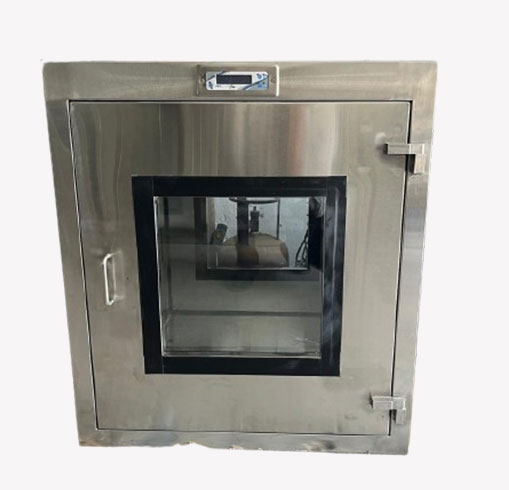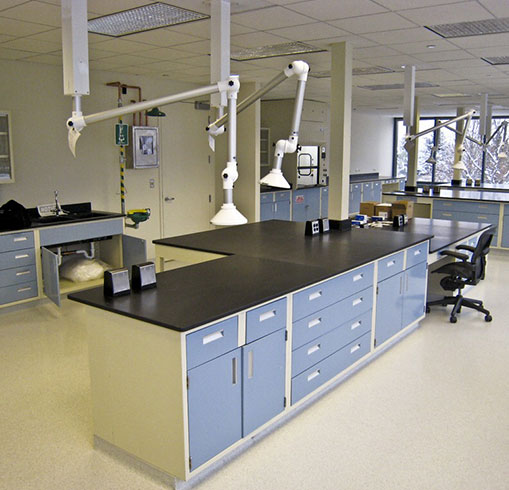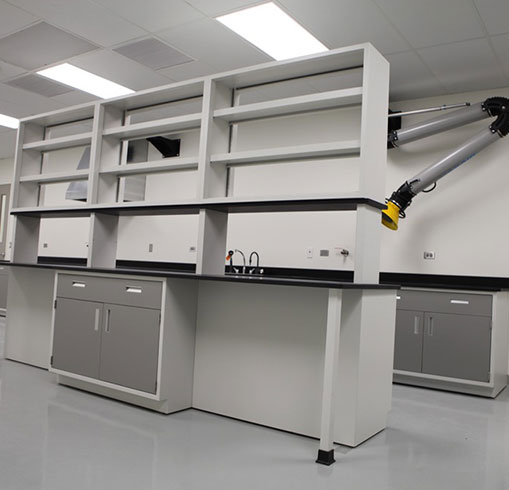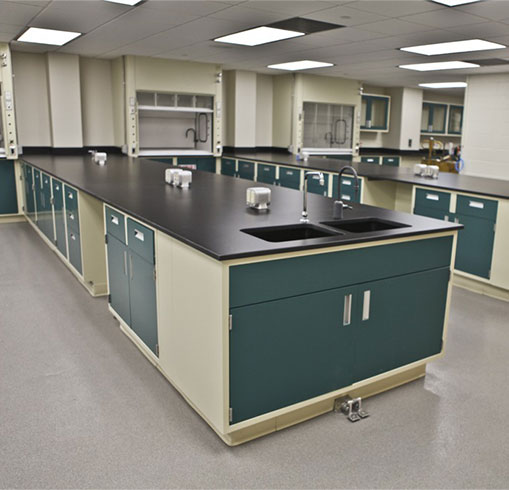Benchtop Fume Hood
What is Benchtop Fume Hood?
A Benchtop Fume Hood is a type of laboratory hood that is designed to provide a safe working environment for laboratory personnel when handling hazardous materials. As the name suggests, this type of fume hood sits on top of a laboratory bench or work surface, providing localized containment of hazardous fumes, vapors, and particles generated during laboratory processes.
Benefit of Benchtop Fume Hood
Benchtop Fume Hoods offer several benefits in laboratory settings. They provide a safe and controlled environment for personnel when handling hazardous materials, protecting them from exposure to harmful substances. They also help maintain a clean working environment, improving overall air quality and reducing the risk of contamination.
Application of Benchtop Fume Hood
The design of a Benchtop Fume Hood consists of a hood enclosure that sits on top of a laboratory bench or work surface. The enclosure is made of chemical-resistant materials, such as stainless steel, fiberglass, or PVC, to prevent the escape of hazardous substances. The hood is equipped with a ventilation system that draws in air from the workspace and directs it towards the rear or the top of the hood. The contaminated air is then filtered and discharged back into the laboratory or outside environment.
Benchtop Fume Hoods are typically used in laboratory settings where small quantities of hazardous materials are handled, such as in schools, universities, or small research facilities. They offer a cost-effective solution for containing and removing hazardous substances without having to install larger and more complex fume hood systems.
How Benchtop Fume Hood Works?
A Benchtop Fume Hood works by creating a controlled environment to safely contain and remove hazardous fumes, vapors, and particles generated during laboratory procedures. Here's how it operates:
Enclosure
The Benchtop Fume Hood consists of a hood enclosure made of chemical-resistant materials, such as stainless steel or fiberglass. This enclosure is designed to prevent the escape of hazardous substances into the laboratory.
Ventilation System
The hood is equipped with a ventilation system that includes an exhaust fan and ductwork. The exhaust fan creates a negative pressure within the hood, drawing air and contaminants towards it.
Sash
The front of the Benchtop Fume Hood typically has a transparent sash or shield that can be raised or lowered. The sash acts as a barrier between the user and the hazardous materials, allowing them to perform tasks while maintaining safety.
Airflow
The ventilation system pulls air from the laboratory workspace into the hood through the face opening and the sash. The airflow is directed towards the back or top of the hood, depending on the hood design.
Contaminant Capture
As the airflow moves through the hood, it captures the hazardous fumes, vapors, and particles generated during laboratory procedures. These contaminants are then carried away through the exhaust fan and ductwork.
Filtration
The captured contaminants are passed through filters, such as activated carbon or HEPA filters, to remove or neutralize them. This helps maintain clean air within the laboratory or safely discharge it outside, depending on the type of filtration system used.
Safety Features
Benchtop Fume Hoods may include additional safety features, such as alarms for airflow failure or sash position, to ensure safe operation and alert users in case of any issues.
Contact Benchtop Fume Hood Manufacturer
Benchtop Fume Hood is a type of laboratory hood that provides localized containment of hazardous fumes, vapors, and particles generated during laboratory processes.
They provide a controlled and safe working environment by effectively capturing and removing hazardous substances for laboratory personnel. They help minimize the risk of exposure to harmful materials, protect the laboratory from contamination, and maintain clean air quality within the workspace. They are cost-effective, easy to install, and offer a safe and controlled working environment for laboratory personnel.



















